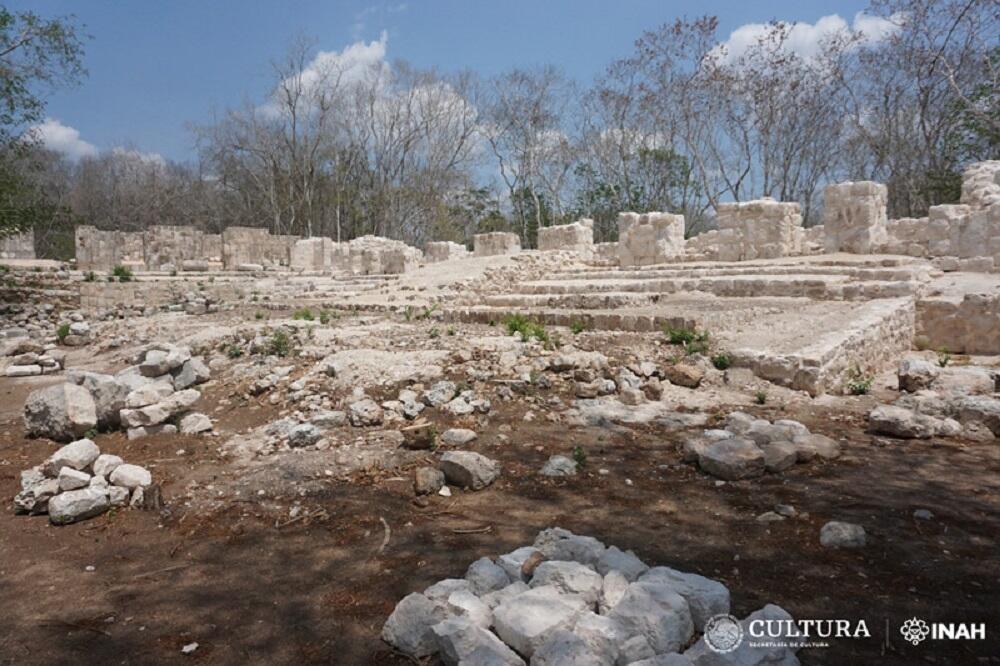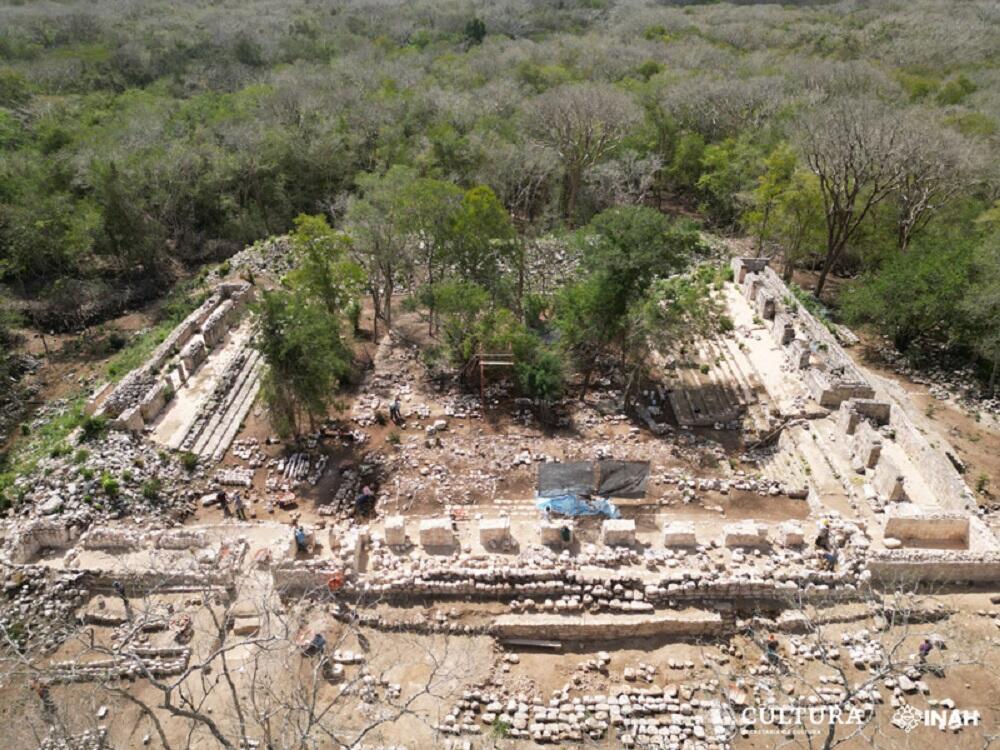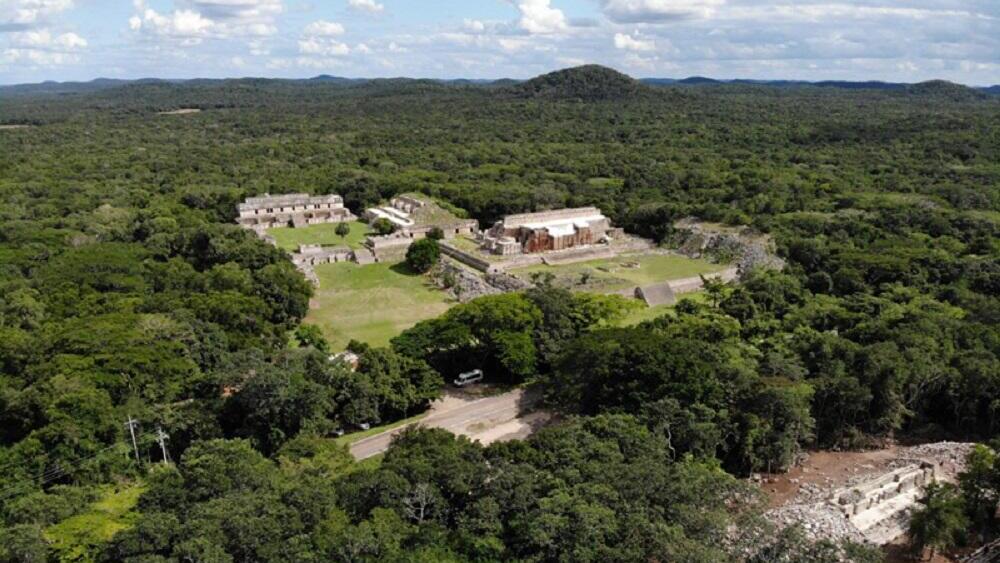A team of archaeologists in Mexico recently uncovered two residential complexes, including a palace-like structure in the Mayan city of Kabah, located on the Yucatan Peninsula. The structures are estimated to be around 1,500 years old.
More stories:
The National Institute of Anthropology and History of Mexico (INAH) said this discovery is the first evidence of residential buildings at the archaeological site. The palace-like structure measures 26 meters in length and its remains are adorned with reliefs featuring birds and feathers.
A colonnade was also located at the front of the structure, including eight pilaster columns. The columns were designed to give the building an opulent appearance when compared to smooth walls.
" The palace and the other housing complex were elite living spaces where people slept, ate and lived their daily lives,” said Lourdes Toscano Hernández, an archaeologist from INAH who led the archaeological team. Although it is known that a dynasty of rulers lived in the discovered buildings, their exact identity remains a mystery.
Researchers didn’t rule out the possibility that these buildings also served those with administrative roles, and it's possible that public meetings were held in their vicinity.
“The carvings of birds, feathers and beads on the palace-like structure may have symbolized the relationship between the elites who lived in these structures and the Mayan gods — something that would have helped to legitimize their status,” Toscano Hernández added.
Until recently, both of these structures, along with other parts of the ancient city, were covered in thick tropical vegetation. It is believed that there are still more Maya temples and structures yet to be uncovered.
The exact date of these structures' construction remains uncertain, but the city itself, located about 100 kilometers from Merida, Yucatan’s capital, was founded between 250 and 500 AD by people who migrated from the Petén region, in northern Guatemala.
The Maya civilization thrived between 250 and 900 CE. Although many Maya cities collapsed around 900 AD, new cities like Chichén Itzá were established during the pre-Columbian period and became significant regional centers.
With the Spanish conquest of the Maya between 1546 and 1530, most of the culture’s people converted to Christianity. Their descendants, however, still exist today as an ethnic group in Central American countries, and millions of people speak Maya languages.




